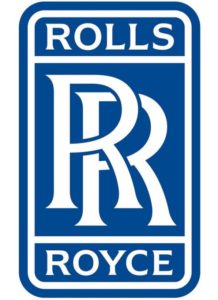Understanding Rolls-Royce’s financials
Subscription Required
By Vincent Valery
Introduction
Dec. 2, 2019, © Leeham News: Rolls-Royce continues to be in the spotlight for the Trent 1000 durability issues, with no end in sight. The engine manufacturer recently increased the total disruption cost estimate to £2.4bn.
The engine-related charges and substantial research and development expenditures have raised questions about Rolls-Royce's fin ancial health. As of the end of 2018, the company had a net negative £1bn equity on its balance sheet.
ancial health. As of the end of 2018, the company had a net negative £1bn equity on its balance sheet.
However, the company has a market capitalization of around £14bn and holds a credit rating comfortably in Investment Grade territory.
This article analyzes the reasons for the disconnect between the company book value and market capitalization. Accounting differences between the USA's GAAP and Europe's IFRS play a significant role.
Rolls-Royce’s strategic choices in the early 2010s will have ramifications for engine development on future commercial aircraft programs.
Summary
- A tumultuous history;
- From cash cow to binge development spending;
- Brexit and IFRS accounting paint bleaker pictures than reality;
- Strategic decision bites back;
- A lifeline and future engine programs.
To read the rest of the article Login or Subscribe today.
Category: Airbus, Boeing, Pratt & Whitney, Premium, Rolls-Royce
Tags: A330, A380, Airbus, Boeing, IAE, Rolls-Royce, Trent 1000, Trent 700, Trent 7000. Trent XWB, Ultrafan